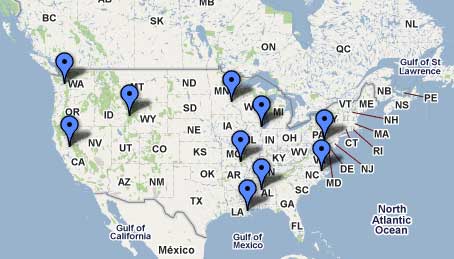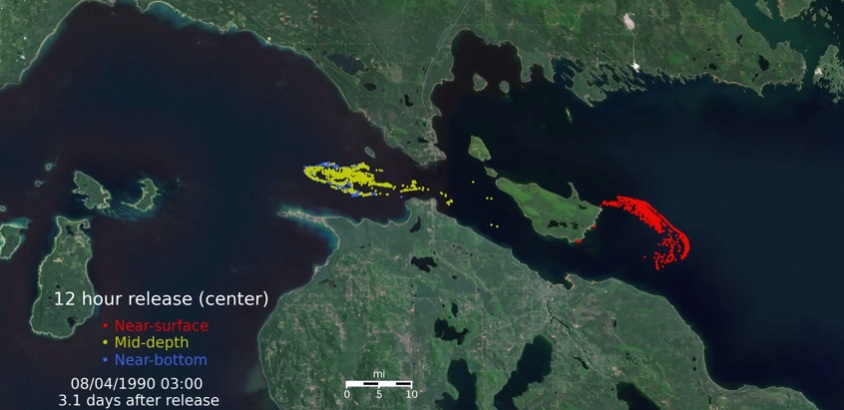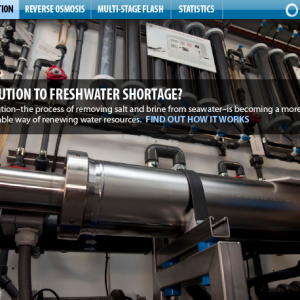U.S. Conservation Group Releases Top 10 ‘Endangered Rivers’ Report
American Rivers’ annual list highlights waterways with an immediate threat to their ecosystems.
Mining, gas drilling, and untreated wastewater are some of the primary threats to the health of rivers in the United States, according to an annual report from American Rivers, an environmental advocacy group. Other obstacles to clean water include roads and bridges, along with over use.
Released this week, America’s Most Endangered Rivers of 2011 identifies ten rivers that face an immediate risk. Because the conservation group puts the spotlight on water bodies with a looming legal, regulatory, or development decision, constituents of the endangered list change every year.
This year, the threat to many rivers stems from mining claims that are pending regulatory approval. That is the case for the Bristol Bay rivers in Alaska, the Green River in Washington state, the Roanoke River in Virginia, and the Black Warrior River in Alabama.
Amy Kober, communications director for American Rivers, told Circle of Blue that energy extraction puts constant pressure on rivers. “Energy development has always been big, and is prominent again this year,” Kober wrote in an email.
The boom in natural gas drilling has affected water quality in many areas, as last year’s report also stated. Pennsylvania’s Susquehanna River is considered the most endangered on the list because of the wastewater produced from hydraulic fracturing in the Marcellus Shale. Conventional treatment plants are not designed to handle the salts, heavy metals, and radioactive contaminants that are introduced underground, so the waste enters surface waters essentially untreated. Drilling wastes are a similar issue for Wyoming’s Hoback River.
American Rivers took advantage of the timing of the report’s release to make special mention of the Mississippi River. Flood management, according to the report, has completely ignored the natural defenses provided by flood plains and wetlands in favor of engineered solutions that give “a false sense of security.”
The group suggests a flood management policy that does not rely solely on levees, but, rather, one that incorporates agricultural conservation and wetland restoration.
View ‘America’s Most Endangered Rivers 2011’ in a larger map. Map © Brett Walton/Circle of Blue
Brett writes about agriculture, energy, infrastructure, and the politics and economics of water in the United States. He also writes the Federal Water Tap, Circle of Blue’s weekly digest of U.S. government water news. He is the winner of two Society of Environmental Journalists reporting awards, one of the top honors in American environmental journalism: first place for explanatory reporting for a series on septic system pollution in the United States(2016) and third place for beat reporting in a small market (2014). He received the Sierra Club’s Distinguished Service Award in 2018. Brett lives in Seattle, where he hikes the mountains and bakes pies. Contact Brett Walton









Thank you, Circle of Blue, for highlighting our 2011 list of America’s Most Endangered Rivers! To see how you can help, please visit http://bit.ly/endangeredrivers